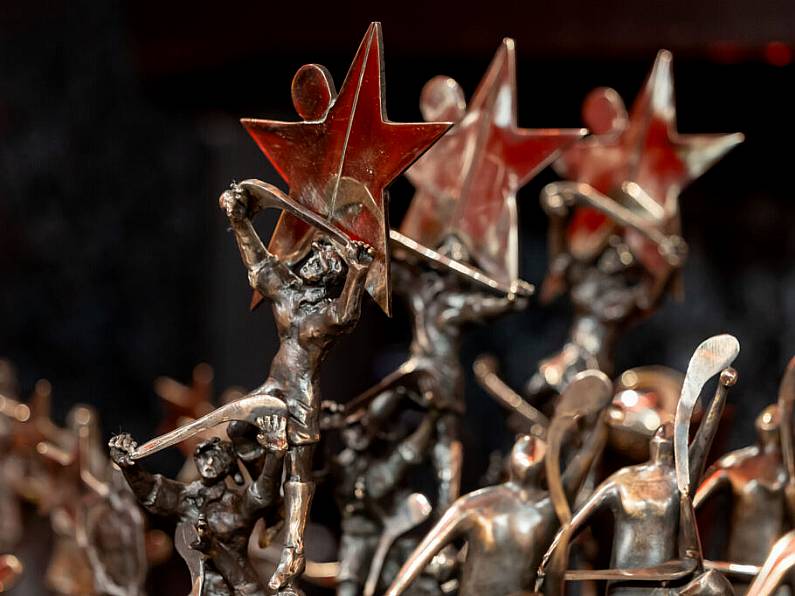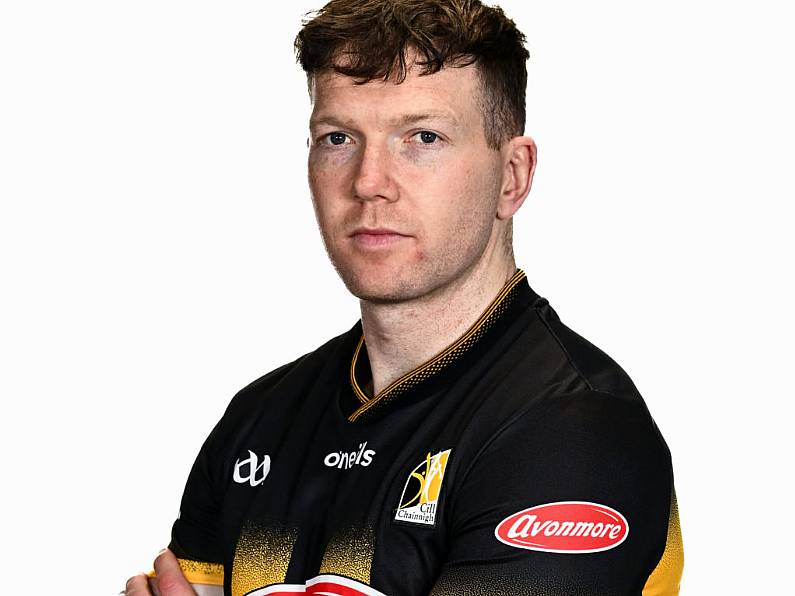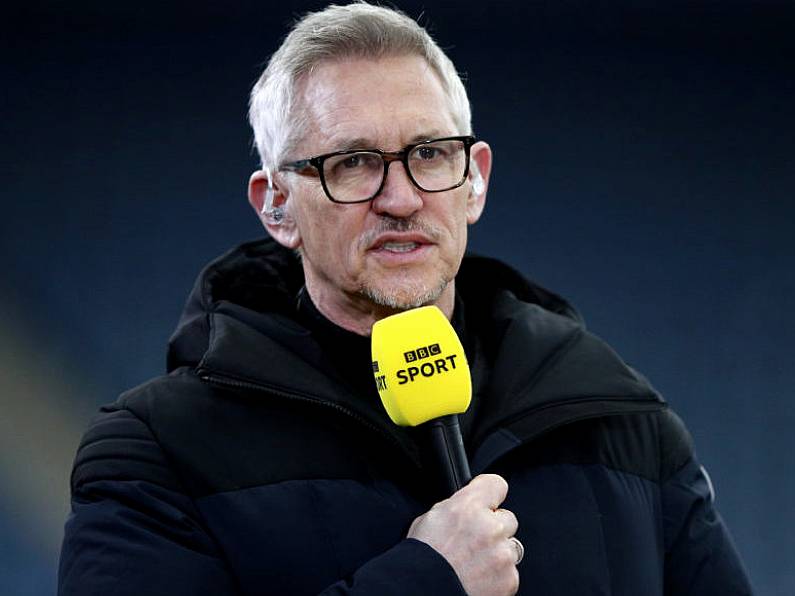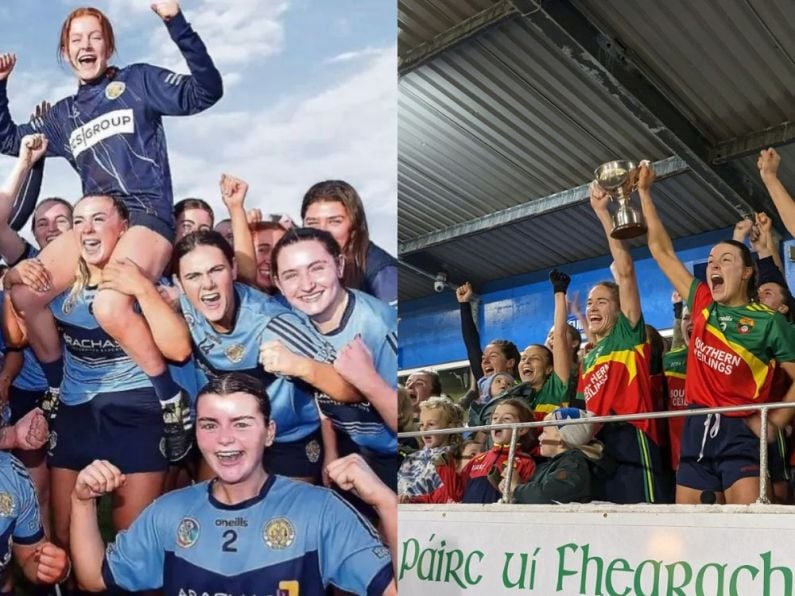Manchester United still dominate the money leagues though Europe’s giant clubs are rising, writes Pádraig Hoare.
Manchester United’s brand value has risen 9% to just under €1.65bn this year — while Portugal’s Cristiano Ronaldo generates more revenue than many of the clubs he will play in Serie A this season with new club Juventus.
That is according to a report from global credit ratings firm DBRS, which undertook an in-depth exploration of the main revenue streams of football clubs — broadcasting, commercial, and matchday — and their impact on evolving player costs and club profitability.
The report found Manchester United, Real Madrid, Barcelona, and Bayern Munich, the four clubs generating the most revenue in Europe, all count commercial sales as their main revenue generator.
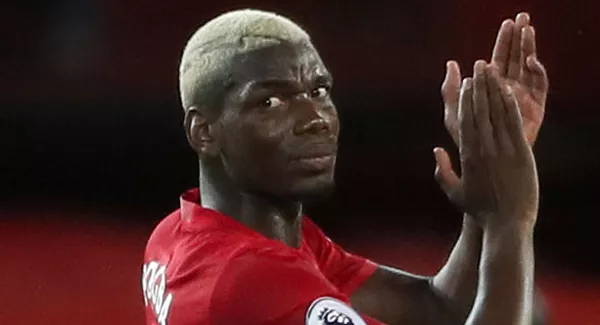
Man United star Paul Pogba
“These four superclubs, in particular, have been more successful in diversifying their revenue streams than most others, for whom broadcast rights is the revenue driver. DBRS considers such revenue diversification a credit positive when assigning ratings to football clubs,” states the report.
Manchester United bring in more total income than any other club, with over €676.3m in 2016/17, an 84% increase on the €367m they generated in 2010/11, found the report.
“Despite not having won the Champions League in a decade, or even winning England’s championship since 2013, Manchester United’s brand value rose 9% in 2018 compared with 2017, reaching $1.89bn, illustrating how much a strong brand, supplemented by an international supporter base of hundreds of millions of fans, can lead to commercial revenue growth and offset a dip in on-field performance.
Manchester United generate almost half their income from commercial profits and £275.5m (€313.5m) from commercial revenue in 2016/2017, almost £80m more than broadcasting sales that season.
The club have 70 sponsors from all corners of the globe, said DBRS, while a shirt sponsorship deal with Chevrolet that began in 2014/15 nets an estimated £47m a year, just over 10% of Manchester United’s total revenue in 2016/17.
A 10-year £750m sponsorship deal with Adidas contributed 13.6% of the club’s total revenue in 2016/17.
Real Madrid and Barcelona have been open about using Manchester United as a template for their commercial operations and in some years have even surpassed the English club in generating commercial income, said DBRS.
Real Madrid winning the Champions League three times since 2014 has helped increase commercial revenue to €301m in 2017 from €212m in 2013, a rise of almost 42%.
Barcelona are not far behind their Spanish rivals in commercial income, generating €296m in 2016/17.
Japanese e-commerce company Rakuten now pays Barcelona up to €61.5m a season in sponsorship, with Turkish electronics company Beko paying €19m a year to sponsor the club’s training equipment alone.
Barcelona’s kit deal with Nike, negotiated in 2016 and scheduled to kick in from 2018/19, also sees the club receive €155m a season, surpassing Manchester United and Real Madrid’s deals with Adidas and marking a 48% increase on the previous deal, according to the report.
Along with income pouring in from the club’s 41 other sponsors, this helped revenue reach a record €914m — including player transfers — in 2017/18, with the club maintaining that they were on course to reach €1bn before their 2021 target.

PSG’s merchandise sales have increased by 78% since Neymar arrived in Paris
While slightly behind on total revenue generated, and with 2017’s actually falling in comparison with 2016, Bayern Munich, in contrast, earn more in commercial income than any other football club in the world at €343.4m in 2016/17.
German clubs benefit from their location in Europe’s largest economy and can form strategic, long-standing partnerships with some of the continent’s largest corporations, who are often local, such as Adidas, Audi, and Allianz, said DBRS.
Meanwhile, Paris Saint Germain’s social media following has risen by 30% since Neymar’s €222m arrival and the club’s merchandise sales have increased by 78%, found DBRS.
“In an environment where fans, particularly in international markets, are often bound less by traditional club loyalties and instead follow stars from club to club and are viewed not just as supporters but also as customers, the attractiveness of such marketable icons to sponsors is clear,” states the report.
DBRS said it was of the opinion that Cristiano Ronaldo’s €112m transfer from Real Madrid to Juventus in July 2018 was another transfer driven by more than just sporting considerations.

Ronaldo signed for Juventus in the summer
“If Ronaldo, who has 332m social media followers and more on Facebook than anybody, were a club himself, his revenue would be more than many of the clubs he will play in Serie A this season,” it states.
Real Madrid’s wealth, as assessed by Forbes, increased to €3.48bn as of June 2018 from €1.35bn when Ronaldo joined in 2009.
Assessed before accusations of rape surfaced against the Portugeuse record goal-scorer, the report found that although Juventus are the dominant club in Italy, rivals Internazionale, with the help of their Chinese owners Suning, currently make more money from commercial sources.
Ronaldo’s signing is clearly a move to help Juventus reach the next level commercially, said DBRS.
Juventus sold 520,000 shirts, worth €55m, bearing Ronaldo’s name in the 24 hours that followed his transfer, over 50% of the total they sold the previous season. The club’s stock price jumped 33% after his transfer was announced, said DBRS.
Following his signing in July, Juventus ranked as the number 1 club for social media interactions, gaining a million new Twitter followers. With 3.07m YouTube views in June, this figure jumped to 36.3m in July.
The signing was completed in order for Juventus to break into new markets, concludes the report.


